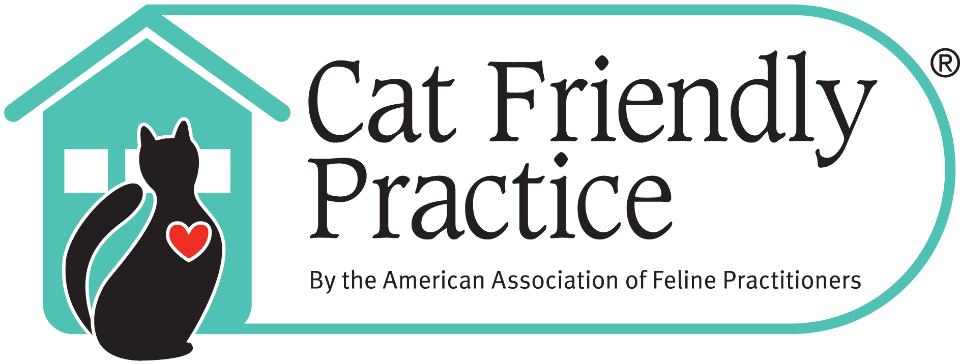During July 2018, Dr. Mahan was given the opportunity to visit the Hill’s Pet Nutrition Center and a manufacturing plant where all of their canned food is made. Here she’ll go over some of what she learned!
Hey all! A common question we get asked is, “What should I feed my pet?” I’d like to offer some suggestions and veterinary approved websites to check out to help you make a better informed decision!
Find the AAFCO statement on your pet’s food.
- This will tell you if your pets food has been “formulated for” or made with “feeding trials“. Feeding trials means there are strict guidelines and scientific evidence that the food meets the marketed claims.
- It will also tell you what age/life stage it has been designed for. It is common to see “All Lifestages.” That includes lactating and gestating females as well as puppies and kittens. Lactating and gestating females require the most calcium, phosphorus and protein levels. But your adult or senior pet absolutely does not require all of those extra nutrients! In fact high phosphorus can negatively impact our pets with kidney disease. I wouldn’t feed my baby a steak nor would I expect my parents to sustain on formula and baby food. I recommend feeding a food that is appropriate for your pets life stage. For example, adult maintenance for an adult or for puppies and kittens feed food made for puppies and kittens.
- Along the lines of feeding life stage appropriate food, there is no definition for a “senior” pet. So in those cases I would recommend an adult maintenance food, designed by feeding trials and marketed for a senior pet.
Grain free is not always the best or needed
Pet food is sold due to marketing and pretty colors and pictures on bags. The grain free movement is just that, a marketing movement. Our dogs are omnivores and in fact do require some plants and yes grains can be fed to them! Sure, some pets seem to have less allergies when on a grain free diet, but honestly this is over marketed. In fact, there is a new study being conducted by the FDA regarding boutique grain free foods with novel protein sources with high legume content. These foods have thought to be associated with taurine deficiency and heart disease in our dogs.
When in doubt we can discuss the food(s) you are feeding your pet and decide on which is the most appropriate for your pet. It is really helpful if you bring in a picture of what you’re feeding so we can look it up or even the bag itself! If you want to do some research yourself here are some of the websites I recommend:
http://vetnutrition.tufts.edu/category/finding-the-best-food-for-your-pet/




